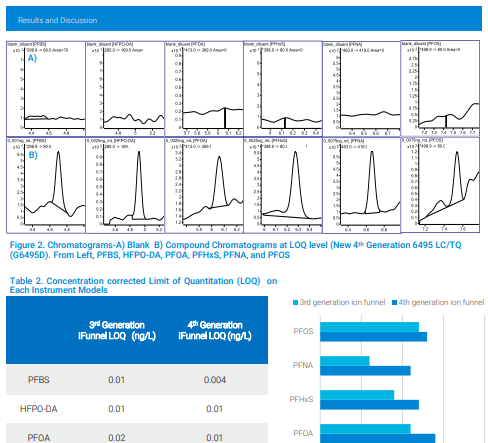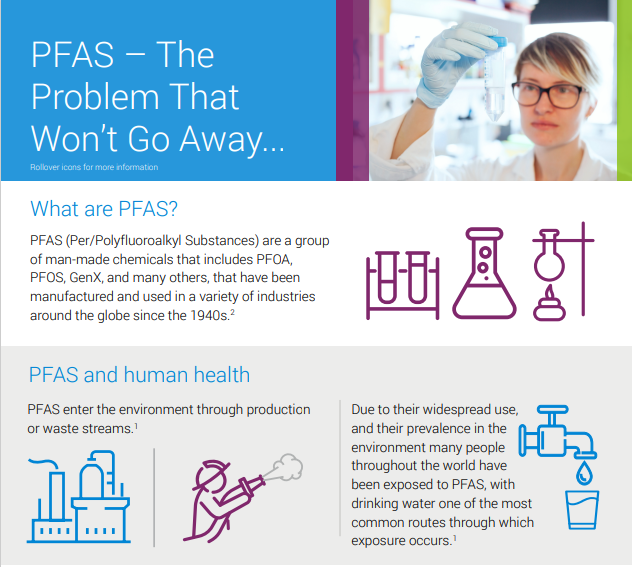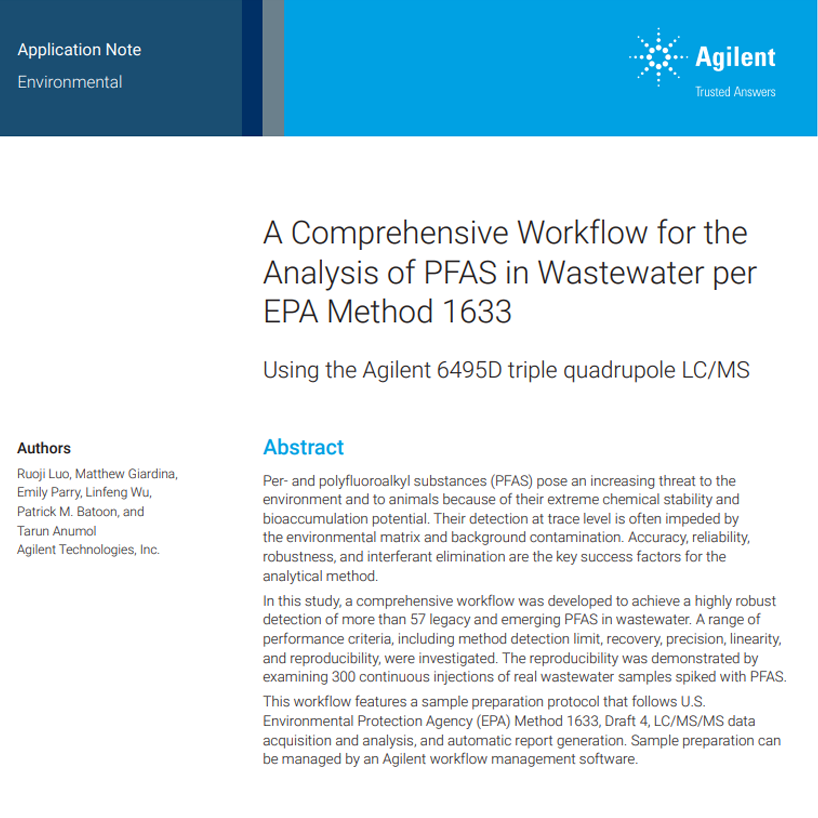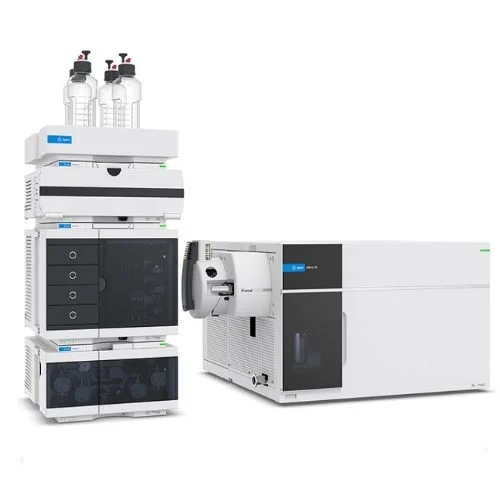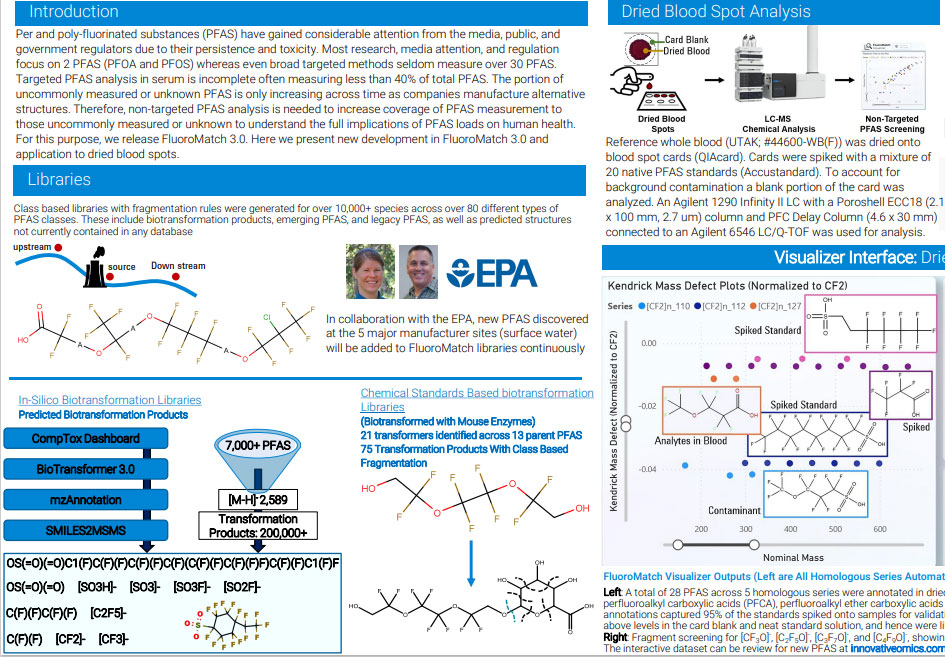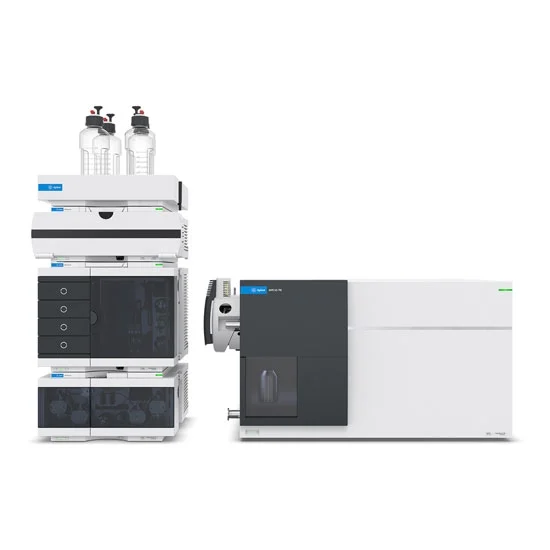Per-and polyfluoroalkyl substances (PFAS) pose a significant challenge in contemporary environmental and health research due to their extensive use and enduring nature. Accurate, comprehensive analysis is essential to understand the environmental implications and potential health risks linked to PFAS compounds.
From nonstick cookware to firefighting foam, PFAS have stood as cornerstone chemicals in industry and manufacturing for over 70 years. These enduring synthetic compounds, often referred to as 'forever chemicals', are resistant to breakdown and persist extensively in both the environment and the human body. Analyzing PFAS is crucial for assessing their presence and concentration in different mediums, particularly in drinking water, wastewater, and biofluids, to mitigate potential health risks associated with exposure.
Welcome to our new platform dedicated to scientists engaged in the critical field of PFAS analysis. This central hub contains knowledge and resources tailored to professionals focusing on PFAS analysis in drinking water, wastewater, and biofluids. Click below to explore, engage, and advance your expertise in PFAS analysis with us.






